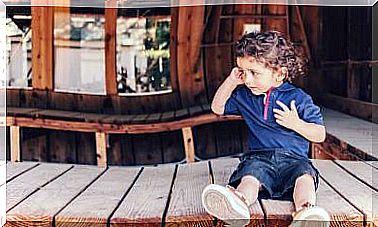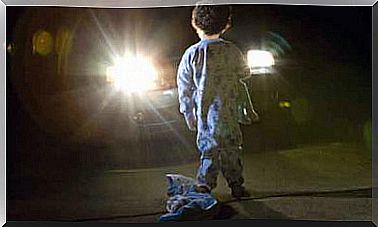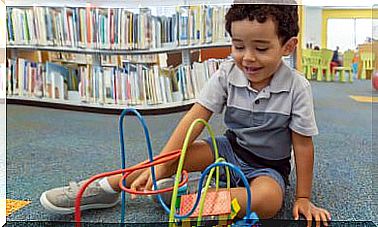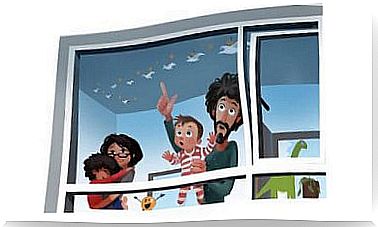Virtual Reality In Classrooms

If there is one invention that has revolutionized the world of electronics, it is virtual reality. It has not yet been massively installed. However, many people say that it would be a good tool for educational use. So, would it be feasible to add virtual reality in classrooms?
The world changes at an indescribable rate and this makes educational institutions rethink many things. In the first place, some subjects of the academic plans were questioned. Then, media and experts followed the training of teachers. Now the debate goes further and points to the elements.
There are many who say that virtual reality devices in classrooms would renew the motivation to study in children and adolescents.
This goes in the same direction as the theories of those who affirm that educational instruments have been outdated in the face of the power of the internet and instant information.
Experiment with virtual reality in classrooms
In 2017, students at the Hunters Lane Institute in Nashville, the Tennessee state capital, participated in a study to test the feasibility of this tool.
More than 1700 young people, divided into batches of 150 students who at the same time were separated into 4 classrooms, used virtual reality glasses for their classes.
Of the six weeks that the test lasted, in the first two the teachers were trained in the implementation of this technology. In the rest, the students were the protagonists.
The results, according to what the teachers in charge expressed, were positive. They observed greater retention of knowledge by students and, as expected, greater interest in participating.
One of the first experiences they had was the use of Google Earth VR to visit cities like Tokyo, the teachers said.
At the same time, they were in charge of clarifying that virtual reality does not come to replace anything, but rather as an educational complement.
Benefits of virtual reality in classrooms
The use of virtual reality in classrooms would have enormous advantages for the educational process. How could you help in this process? These are some:
Greater understanding and retention of data
It is not necessary to clarify that the experiences, the more sensorial, the more they will be recorded. Therefore, there is no point of comparison between looking at a map and reading a book and the possibility of flying an entire country and touring each of its regions as just another citizen.

More motivation for students
Unquestionably, all young people would like to participate in this type of class. Just being able to live this innovative experience can radically change your outlook on school or learning topics.
Preparation for the future
As the teachers who participated in the experiment in Tennessee told us, a future in which technology is not present is unthinkable. Therefore, it makes no sense to think of an education that does not include it as one more instrument.
Equal chance
Thanks to these devices, visiting historical monuments and museums will no longer be a privilege for children in big cities. Any of them could be accessed from anywhere in the nation.
On the contrary, young people in urban areas could have first-hand knowledge of rural productive activities. Virtual reality in the classroom would be a step forward in the search for equity.
Disadvantages of this technology
Being a technology still in development, it is clear that not everything was going to be rosy. There are clear debts to settle in terms of virtual reality to be able to implement them regularly in schools. These are some:
- Excessive requirements: To function, a VR (Virtual Reality) device requires a large room.
- Price: still an expensive technology. Although devices can be obtained at affordable prices, their massive implementation would mean gigantic expenses.
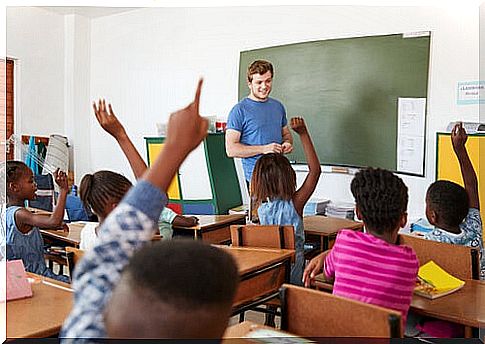
- Contents: diagramming strategies to combine traditional teaching with new technologies is not something that can be achieved overnight. It will take many years of work to reach this point.
- Teacher training: as responsible for the class, teachers have to be seasoned in the use of the devices. This, of course, requires years of training.
With its pros and cons, it is clear that virtual reality in classrooms will be an increasingly frequent topic in the coming years. That which we once only imagined as part of science fiction movies is here; and it came to stay.

